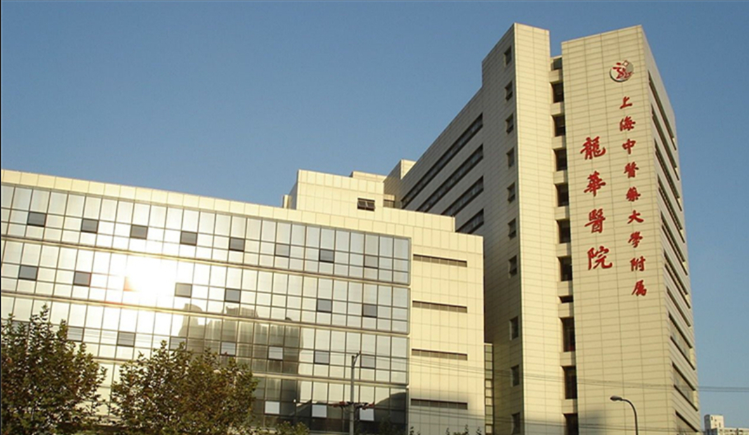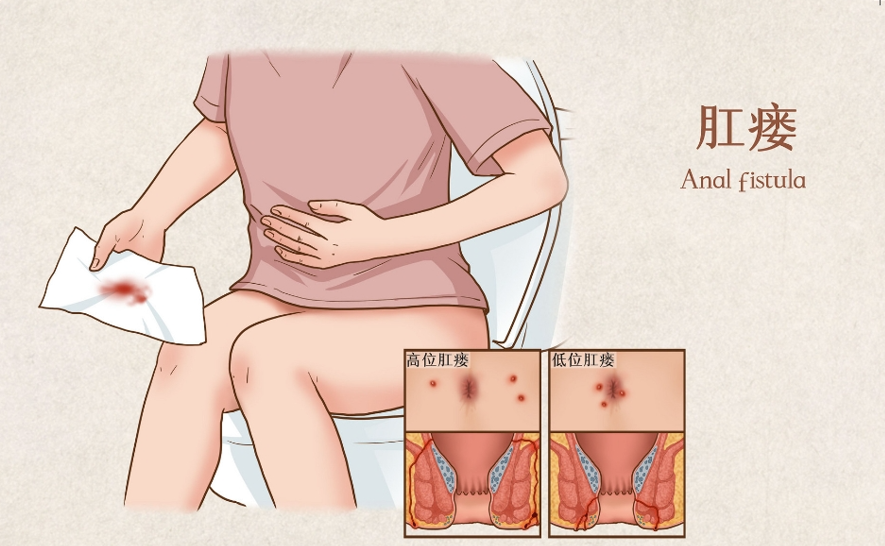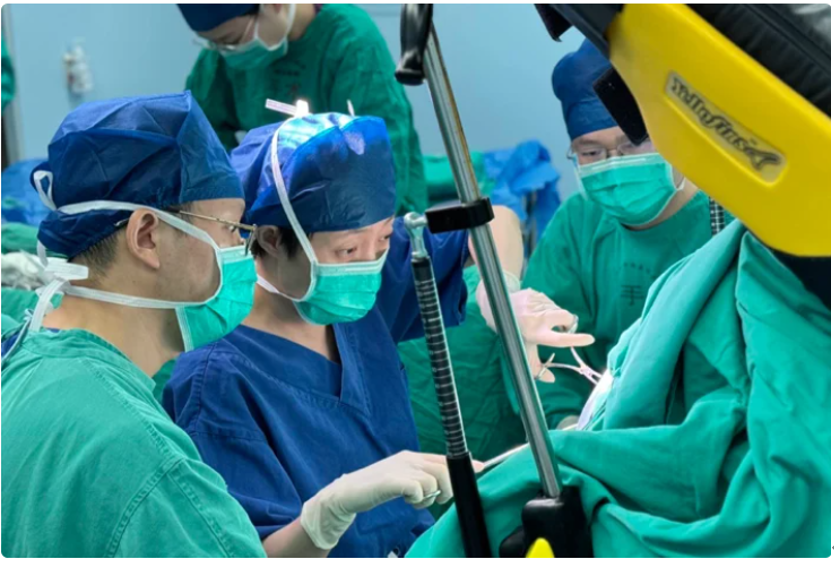Silicon Valley Patient with Complex Anal Fistula Cured in China
Note: the real story happened in the last month of 2024. And the patient agreed to report her case on media.
In 2024, a patient named Tom, who works in Silicon Valley, USA, was treated by the proctology department of Shanghai Longhua Hospital. Tom had a complex anal fistula and underwent five surgeries in the USA, but the condition was not cured. Recently, he was successfully treated in Shanghai using a combination of traditional Chinese medicine (TCM) and Western medicine.

Under the recommendation of a friend, Tom decided to come to China for treatment. In October 2024, he visited the Gu's Surgical Proctology Clinic at Shanghai Longhua Hospital in Shanghai. Wang Chen explained that for conditions like anal fistula, the team typically integrates advanced international techniques such as fistuloscope technology, flap advancement, and laser therapy, while also leveraging their unique TCM techniques like "thread therapy," "medicated thread therapy," and "cotton padding compression therapy" to achieve good results.
An anal fistula is a hollow structure left after a perianal abscess ruptures or is drained through an incision. Wang Chen likened it to a new small tunnel created by a mouse in the wall of an existing tunnel—this new tunnel may have an exit or not, hence the term "fistula." During defecation, a small amount of feces may enter this fistula, leading to infection. If left untreated, anal fistula patients are prone to recurring infections, characterized by purulent discharge, swelling and pain, pruritus, and eczema around the anus.
Tom suffered from a complex anal fistula, and Shanghai Longhua Hospital applied its innovative "thread therapy." This therapy preserves the muscles and tissues around the patient's anus by applying traditional Chinese medicine (TCM) that promotes pus extraction and tissue regeneration onto the thread. The silk thread is then inserted into the fistula to gradually erode the fistula walls using the medication. Once the pus is eroded, the doctors flush the fistula cavity to remove all the pus and apply techniques to promote granulation tissue growth.

Wang Chen explained that this process is called "debridement and tissue regeneration." As new granulation tissue gradually fills the cavity, the fistula gradually narrows. The doctors then remove the thread and apply cotton padding compression to ensure the cavity adheres, accelerating the healing of the fistula. Currently, "thread therapy" has been included in the list of appropriate TCM technologies promoted by the National Administration of Traditional Chinese Medicine. In October, after a series of integrated TCM and Western medicine treatments, Tom was discharged from the hospital fully cured.
Reducing the Recurrence Rate of Anal Fistulas in Crohn's Disease to 15%
Proctological diseases are common clinically, and the epidemiological survey of proctological diseases in China, released by the Chinese Society of Medicine, shows that the prevalence of proctological diseases in China is as high as 50.1%, including conditions such as hemorrhoids, anal fistulas, and anal fissures.
Currently, there is an increasing number of patients with more severe conditions, specifically those with Crohn's disease. Crohn's disease is a type of inflammatory bowel disease that can affect the entire digestive tract, from the mouth and esophagus to the stomach, small intestine, large intestine, and perianal area. Patients often exhibit systemic symptoms such as abdominal pain, diarrhea, weight loss, fever, and fatigue, as well as extraintestinal manifestations like joint pain, skin issues, eye problems, and oral mucosal damage. Local symptoms may include perianal abscesses or fistulas.

Wang Chen stated that the clinical manifestations of anal fistulas in Crohn's disease patients are diverse and complex, making treatment challenging and significantly impacting the patients' quality of life and mental health. Additionally, the recurrence rate of anal fistulas in Crohn's disease patients is high. According to the "Expert Consensus on the Diagnosis and Treatment of Anal Fistulas in Crohn's Disease," 35% to 59% of patients with Crohn's disease anal fistulas will experience recurrence within two years.
Integrated TCM and Western medicine have shown promising results in treating anal fistulas in Crohn's disease patients. Wang Chen noted that, based on the data monitored by the proctology department at Shanghai Longhua Hospital, the healing rate of Crohn's disease anal fistulas through the integrated treatment approach is around 80%, and the recurrence rate is approximately 15%, a significantly reduced level.
Shanghai Longhua Hospital has conducted extensive clinical and basic research in recent years, developing TCM preparations like healing granules, which effectively shorten the healing time of postoperative anal fistula wounds and reduce scar formation, thereby improving patient outcomes and quality of life.
Professor Wang Chen, the head of the proctology department at Shanghai Longhua Hospital, said that with the evolution of disease patterns, the proctology field is facing an increasing number of complex and difficult cases. Besides pelvic floor diseases, common anal fistula conditions are becoming more细分, including perianal lesions in Crohn's disease, infant anal fistulas, rectovaginal fistulas, and rectourethral fistulas. For these conditions, the integration of TCM and Western medicine offers the greatest benefits to patients.

